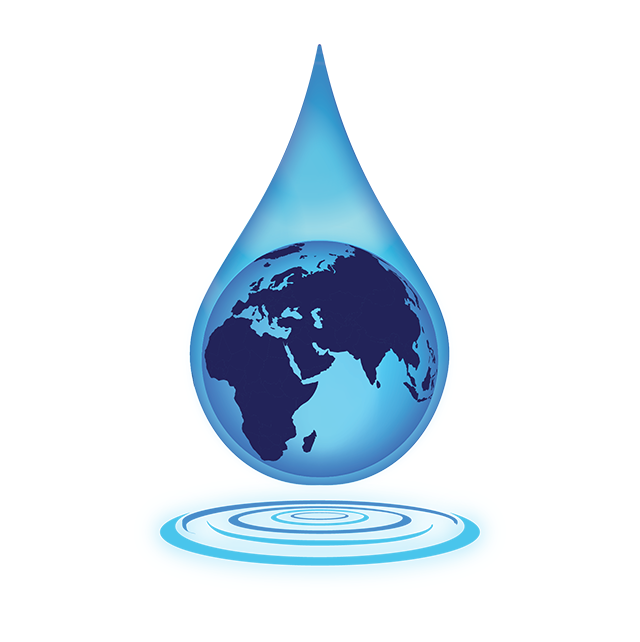
The Crux of the Crisis
The Biggest Need is Not Being Met
Most water initiatives remain focused on providing relief to one village at a time, rather than large-scale infrastructure projects that reach the most people in the most cost-effective and sustainable manner. In sub-Saharan Africa, in particular, emphasis has been on wells and springs as improved water sources, rather than piped water on premises. Despite the meaningful need, rural areas particularly lack access to piped water. It is estimated that 79% of the people using unimproved sources and 93% of people using surface water live in rural areas.1
One in three people in rural areas do not have access to piped drinking water on premises.2 Approximately 30-40% of rural water systems in developing countries, particularly handpumps, are non-functional or work at sub-optimal levels.3 Even urban regions in sub-Saharan Africa have seen a decline in piped water on premises as a percentage of the population.4
One in three people living in rural areas do not have access to piped drinking water on premises.
Insufficient Funding
The major constraint in the fight to alleviate the water crisis is funding. For most developing countries, access to traditional sources of external financing (Official Development Assistance grants and concessional sovereign loans) are grossly inadequate to fund water and sanitation projects. In addition, local authorities tend to have capacity constraints including weak business development skills needed to access financing. Moreover, the revenues generated by water and sanitation projects are generally unable to meet the capital, operational and maintenance costs of a project, making it difficult to provide water at a tariff that the end-user can afford.
Innovative financing structures such as Public-Private-Partnerships (PPPs) have been initiated over the past few decades with limited success due to poor returns on investment for private capital.
The major constraint in the fight to alleviate the water crisis is funding.
Limited Vested Interest
Governments and parastatals are often passive observers of water projects in their regions, leading to a limited interest in the success of these facilities. Water system maintenance is often overlooked following completion of installation and has not been planned nor financially accounted for. A study by WaterAid in Tanzania indicates that only two years after installation, 25% of systems are non-functional.5
The construction and management of water treatment facilities must create jobs and build skills within those communities. Those served should pay a price they can afford to confirm their status as stakeholders and their participation in the outcome of the project. It is paramount that governments and end-users are “invested” in the success of their water systems in order to ensure appropriate and sustainable service and maintenance.
Water system maintenance is often overlooked following completion of installation.
Notes:
Source: WHO/UNICEF Joint Monitoring Programme for Water Supply and Sanitation. "Progress on Sanitation and Drinking Water 2015" ↩
Source: WHO/UNICEF Joint Monitoring Programme for Water Supply and Sanitation. "Progress on Sanitation and Drinking Water 2015" ↩
Source: Rural Water Supply Network, 2009 ↩
Source: WHO/UNICEF Joint Monitoring Programme for Water Supply and Sanitation. "Progress on Sanitation and Drinking Water 2015" ↩
Source: WaterAid; Taylor, 2009 ↩



